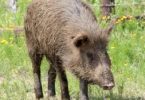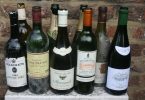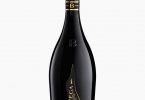The last Monday in August is generally the first of two days tasting in the old pumprooms in Wiesbaden. They are dedicated to the ‘Grosses Gewächs’ or dry, ‘grand cru’ wines produced by the VDP organisation in the previous vintage. The VDP (Verband Deutscher Prädikatsweingüter) has around 250 members, and almost all the top estates are members. It is therefore a marvellous opportunity to bring yourself up to date on which is happening in Germany, who is on the way up and who is on the way down and just what was the quality of the last harvest.
You may also like
Can Wine Help – Happy Easter to...
3 weeks ago
My Night With Boris
4 years ago
My Memories of Michael Broadbent
4 years ago
Whisky: The Connoisseur Guide
5 years ago
The Spirit of Christmas Present
5 years ago
Austerity and Prosecco
5 years ago






